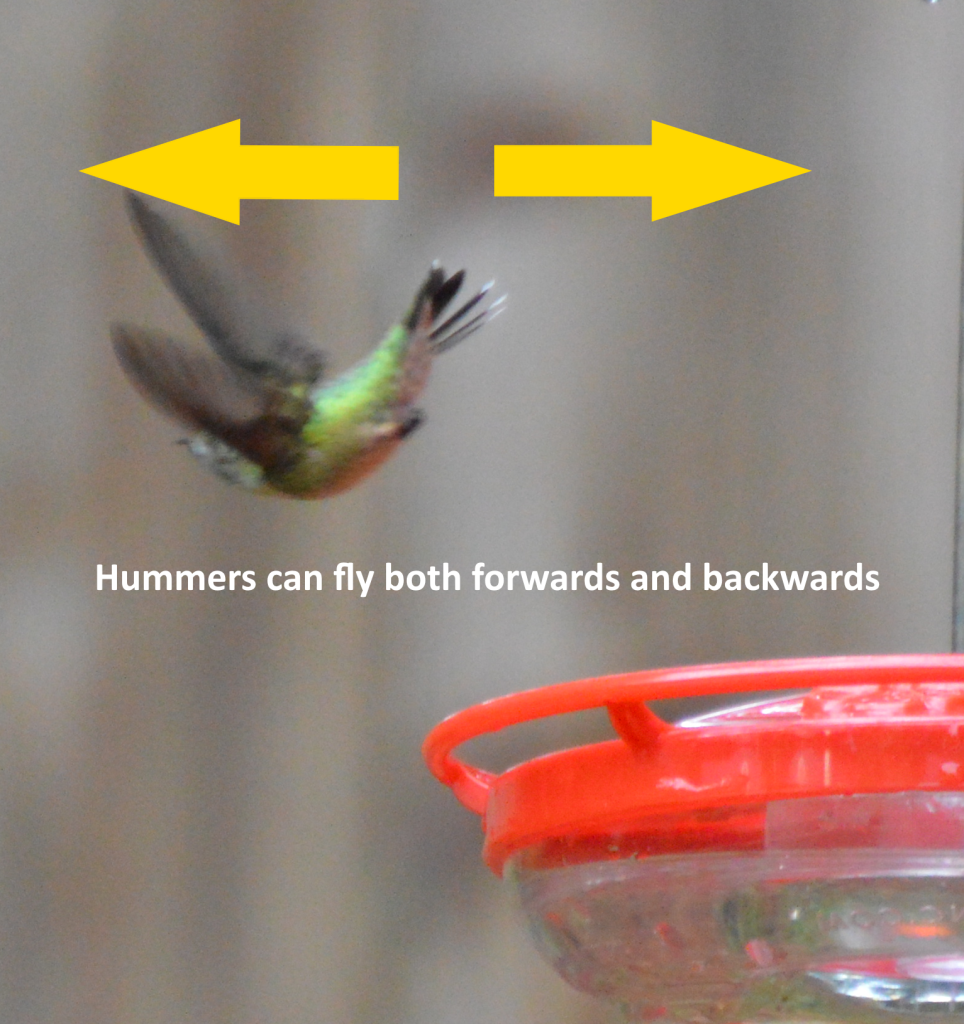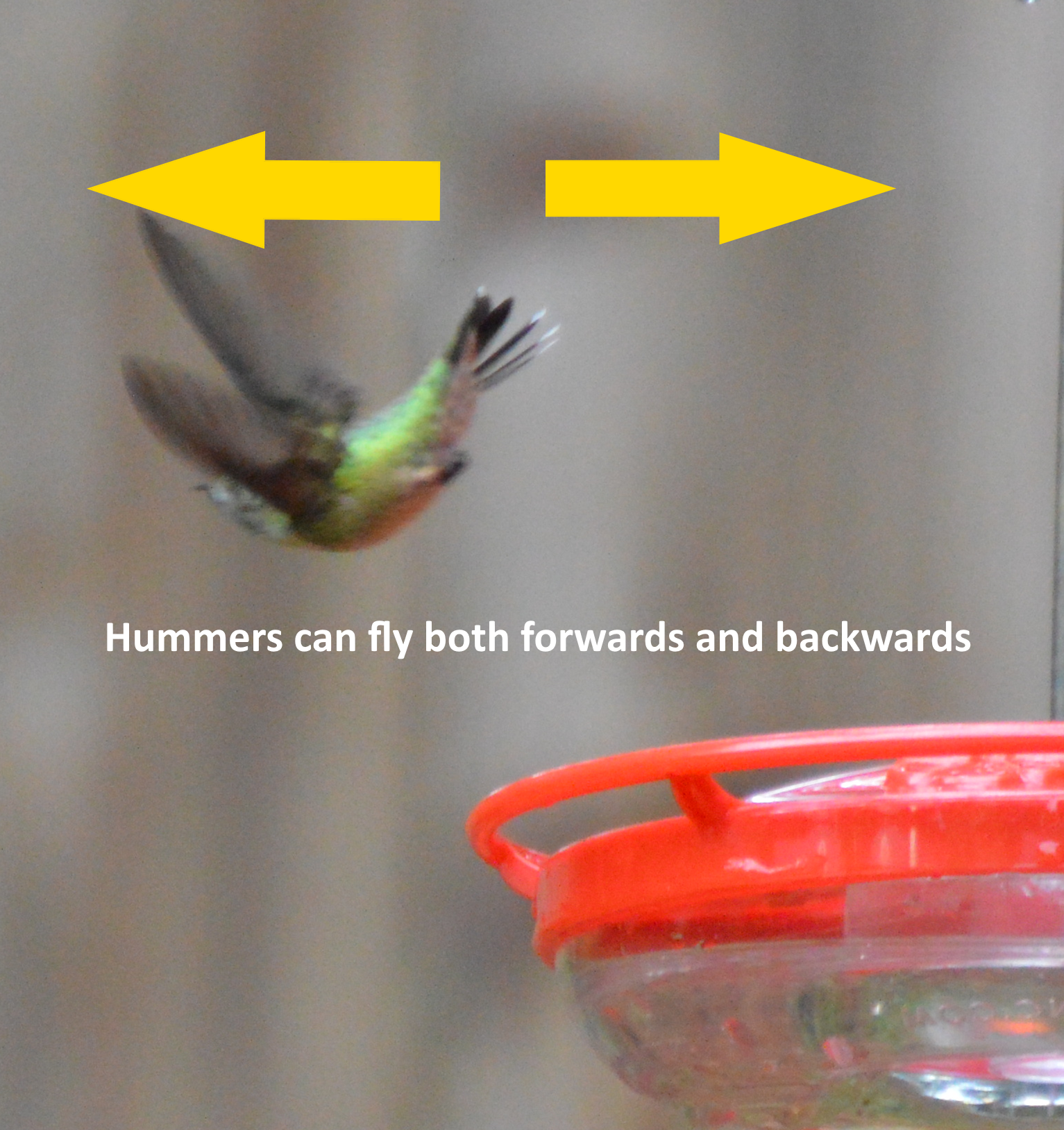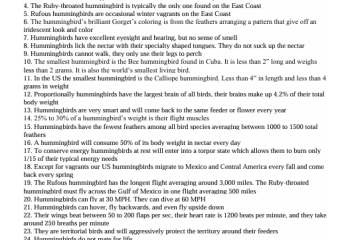Hummingbirds: Stunning Secrets of Backward Flying

Hummingbirds: Masters of Aerial Agility
Hummers, those iridescent tokens of quickness and agility, are renowned for an ability that seems to defy the avian flight rulebook: flying backwards. These tiny birds, often just a few inches in length, showcase a mastery over their flight capabilities that is not only mesmerizing but functionally ingenious. This skill, among their other dynamic maneuvers, raises intriguing questions about the evolution and adaptiveness of such flights.
The Biomechanics of Backward Flight
But how exactly do hummingbirds achieve this remarkable flying feat? The secret lies within their wing structure and the unique way in which they beat their wings. Unlike most birds, whose wings generate lift only when moving downward, hummingbirds’ wings produce lift on both the downstroke and upstroke. This is made possible by rotating their wings in a figure-8 motion, which is quite distinctive in the bird kingdom. When hummingbirds intend to fly backwards, they simply tilt the angle of their wing motion, adjusting the direction of the resultant lift and thus propelling themselves backward.
This ability is not just a flight of fancy; it plays a crucial role in their survival. When feeding on nectar from flowers, hummingbirds need to maintain precise control over their position to extract food efficiently. Their backward and hovering flight skills enable quick adjustments and stability in the air, which are critical for accessing nectar from various types of flowers, many of which have evolved shapes that are uniquely challenging to access.
Hummingbirds and Evolutionary Adaptations
Evolution has finely tuned these birds for their floral-focused lifestyle. The backward flying of hummers, while appearing as a spectacular air show, is actually a vital part of their feeding and escape strategies. Whether darting out of the way of a predator or maneuvering between dense floral environments, the backward flight provides hummingbirds with a tactical advantage. This skill has likely been developed over millennia, molded by the ecological demands and predator pressures faced by these birds.
Interestingly, hummingbirds’ ability to fly in any direction—including backwards, forwards, and upside down—makes them unique in the bird world. They are the only known group of birds that have this level of control over their flight. This extraordinary flexibility in flight underlines the profound impact of ecological niche on the morphological and behavioral traits of species.
Are There Other Birds That Can Fly Backwards?
The ability to fly backwards is rare and largely unique to hummingbirds. Other birds may occasionally show backward movement, typically during moments of aerial adjustments or when they experience turbulent air conditions. However, no other birds exhibit the deliberate and controlled backward flight seen in hummingbirds.
This exclusivity is attributed to the hummingbirds’ specialized wing structure and their small body size, which allow for rapid, agile movements in various directions. Larger birds or those with different flight mechanics do not possess the same capacity for such refined aerial maneuvers.
Implications of Hummingbirds’ Flight Abilities
Understanding the flight dynamics of hummingbirds does more than satisfy curiosity—it also offers insights into aerodynamics that can influence technological development, particularly in the design of drones and other flying devices. Engineers and scientists often look to nature for inspiration, and the hummingbird is a prime example of natural engineering at its finest.
In considering the broader ecological and evolutionary contexts, hummers’ unique flight abilities reflect the complex interplay between species and their environments. Their flight evolution underscores the importance of adaptability and the diverse ways life on Earth evolves to meet the demands of various ecosystems.
Conclusion
In summary, hummers’ ability to fly backwards is a function of both evolutionary necessity and biomechanical uniqueness. As the sole aviators of the bird realm with this skill, hummingbirds highlight the astonishing adaptability of nature. This tiny bird’s capabilities are not just a marvel of the natural world but also a source of inspiration and understanding in the realm of biomechanics and beyond. Whether hovering in place or darting backwards, hummingbirds continue to captivate and intrigue both the casual onlooker and the scientific observer, underscoring the exquisite complexity of even the smallest denizens of our planet.






